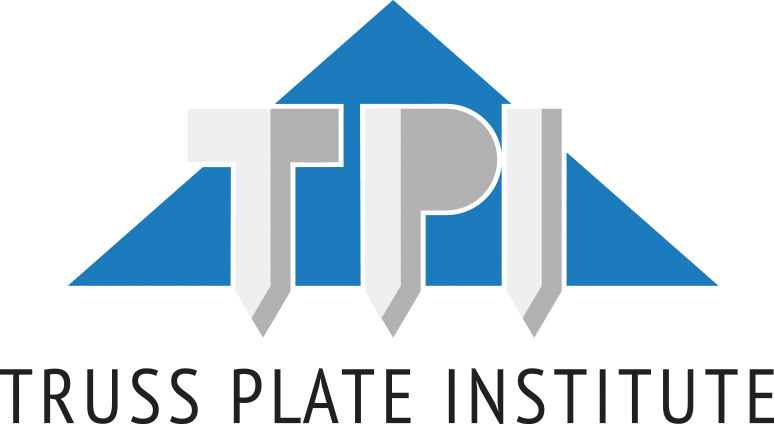TPI Launches Two New ANSI Standards Projects: TPI 2 and TPI 3
The Truss Plate Institute (TPI) is proud to announce the launch of two new ANSI standards projects: TPI 2 – National Standard for Testing Metal Plate Connected Wood Trusses and TPI 3 – National Design Standard for Bracing Metal Plate Connected Wood Trusses. These projects mark an important milestone in TPI’s ongoing mission to maintain the industry on a sound engineering basis.
Both projects have been approved through the ANSI Project Initiation Notification System (PINS), and each committee has been carefully formed to ensure a balanced representation of Users, Producers, and General Interest members.
TPI 2 Project Committee
Chair: Paul Bove, PE, PhD – Simpson Strong-Tie
Ken Watters, PE, SE; Norman Scheel, PE, SE; Junaidie Budiman, PE; Ed Robbins, PE; Ahmadi Mohammad, PE, Daniel Rybicki, EIT; Stuart Lewis, PE; Matt Vinson, PE; Mark Crawford, PE, SE; Thomas Craig, PE; David Baxter, PE, SE; Mathew Samuels, MBA; Andrew Johnson, PE; Levi Sorrill; Darren Conrad, PE; John Teems; Glenn Traylor; Greg Greenlee, PE; Kathleen Wills Rittenburg, PE; Michael Stoner, PhD.
TPI 3 Project Committee
Chair: Marvin Strzyzewski, PE – MiTek
Ken Watters, PE, SE; Norman Scheel, PE, SE; Thomas Craig, PE; Ed Robbins, PE; John Gruber, PE, SE, PhD; Mohammad Ahmadi, PE; Roger Hayes, EIT; Howard Gauger; Tim Noonan; Art Hernandez, PE; Timothy Riegel, PE; Mathew Samuels, MBA; Andrew Johnson, PE; Darren Conrad, PE; John Teems; Matt Vinson, PE; Glenn Traylor; Greg Greenlee, PE; Stuart Lewis, PE; Michael Stoner, PhD
The formation of these balanced committees ensures that key perspectives in the truss industry are represented throughout the standards development process, resulting in documents that reflect true industry consensus.
Why ANSI Accreditation Matters
The development of ANSI consensus standards is a critical part of maintaining transparency and fairness in the creation of technical documents that affect the building industry. By adhering to ANSI’s rigorous process, TPI ensures that every standard is developed through an open, balanced, and consensus-based process where all viewpoints are considered and addressed.
This not only strengthens industry confidence in the resulting standards but also facilitates their adoption into building codes, as ANSI-accredited standards are widely recognized and respected by code bodies, regulators, and design professionals alike.
What’s Next
Both committees will kick off their work next week (November 12, 2025), initiating what is expected to be a 24-month development process for each standard. Upon completion, TPI anticipates publishing two new standards that will play a significant role in maintaining the industry on a sound engineering basis.

